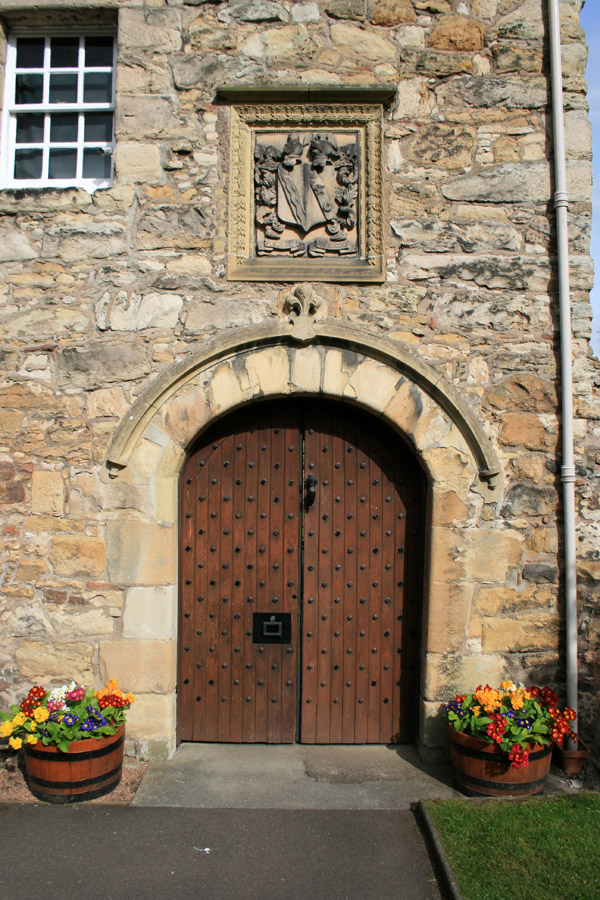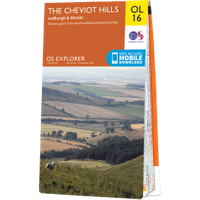

This is a 16th century bastle house consisting of a three storey main rectangular block, with a rectangular stair tower projecting from the middle of the east side. Interestingly the stair tower rises to four storeys.
Known today as Queen Mary’s House, it is unclear if Mary actually stayed here. Legend has it that the house was built for Queen Mary by Sir Thomas Kerr of Ferniehirst, and that she rested here following a riding accident in 1566. However there is a conflicting report that the house he built for Queen Mary was in fact elsewhere in Jedburgh, “on Limmerfield in the Black Gait.”
It may still be the case that the location of Queen Mary’s House was once known as Limmerfield. What is known is that six bastle houses were built in Jedburgh some time after the destruction of Jedburgh Castle in 1409, and that the house at Limmerfield was one of them.
The Kerrs were famously left-handed, and within the stair tower is a spiral staircase which turns the opposite way to normal to give them a defensive advantage while sword-fighting with intruders. On the south side of the tower is a small doorway, with a round stair turret in the re-entrant angle above, while on the north side of the tower is a slightly corbelled out section with a blocked window.

On the west side of the main building is a large arched doorway which gives access to a pend, suggesting that the building may have at some point been incorporated into a continuous street of buildings, or had a courtyard wall of some kind.
Above the arch is a carved panel which is said to either show the combined arms of the Wigmer and Scott families. The right hand side is certainly the Scott crest, but I haven’t yet been able to confirm those on the left.


In the 1980s the house was restored, and opened to visitors in 1987 on the 400th anniversary of Mary’s death and houses a museum dedicated to her.
Alternative names for Queen Mary's House
Mary Queen of Scots House













